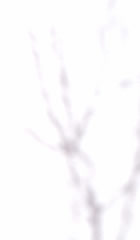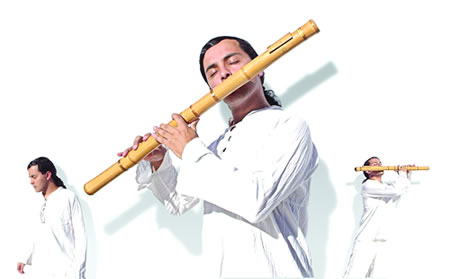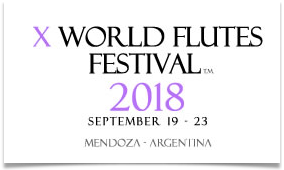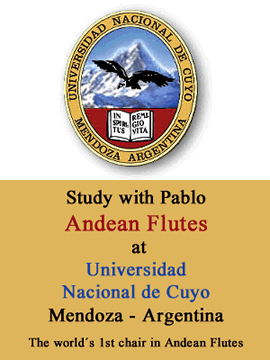
World Flutes Master

Take care of our enviroment

comprar

Peace web theme set courtesy of Crystal Cloud Graphics web set icon
Crystal Cloud Graphics
Crystal Cloud Graphics


Baroque flutes
"The baroque flute became known in England and Germany in the early 18th century. A few professional wind players including J.J. Quantz began to specialize in playing it in opera scores and public concert, and to write pieces for the instrument. In France a handful of professional flutists such as Jacques Hotteterre gave lessons to high-ranking amateur musicians, and the flute became a popular amateur instrument elsewhere.
The first solo music for flute and basso continuo was published around 1700, and pieces by Telemann, Blavet, Handel, Bach, Vivaldi, and many other composers followed. In Germany and Italy especially, flutists began to write studies for the flute in all 24 keys, rather than in the restricted range of tonalities or modes it had used before. But most published music was in relatively easy keys for the baroque flute, such as G major and E minor. Professional players generally reserved more difficult music for their own use to be sure it would be played in tune.
Woodwind makers in London, Paris, Amsterdam, Nuremburg, and many other cities began to manufacture flutes as the instrument became more popular. Flutists were often featured at prestigious concerts in Paris and elsewhere, so that famous players began to travel to other cities and countries to perform as soloists."
Courtesy flutehistory.com








